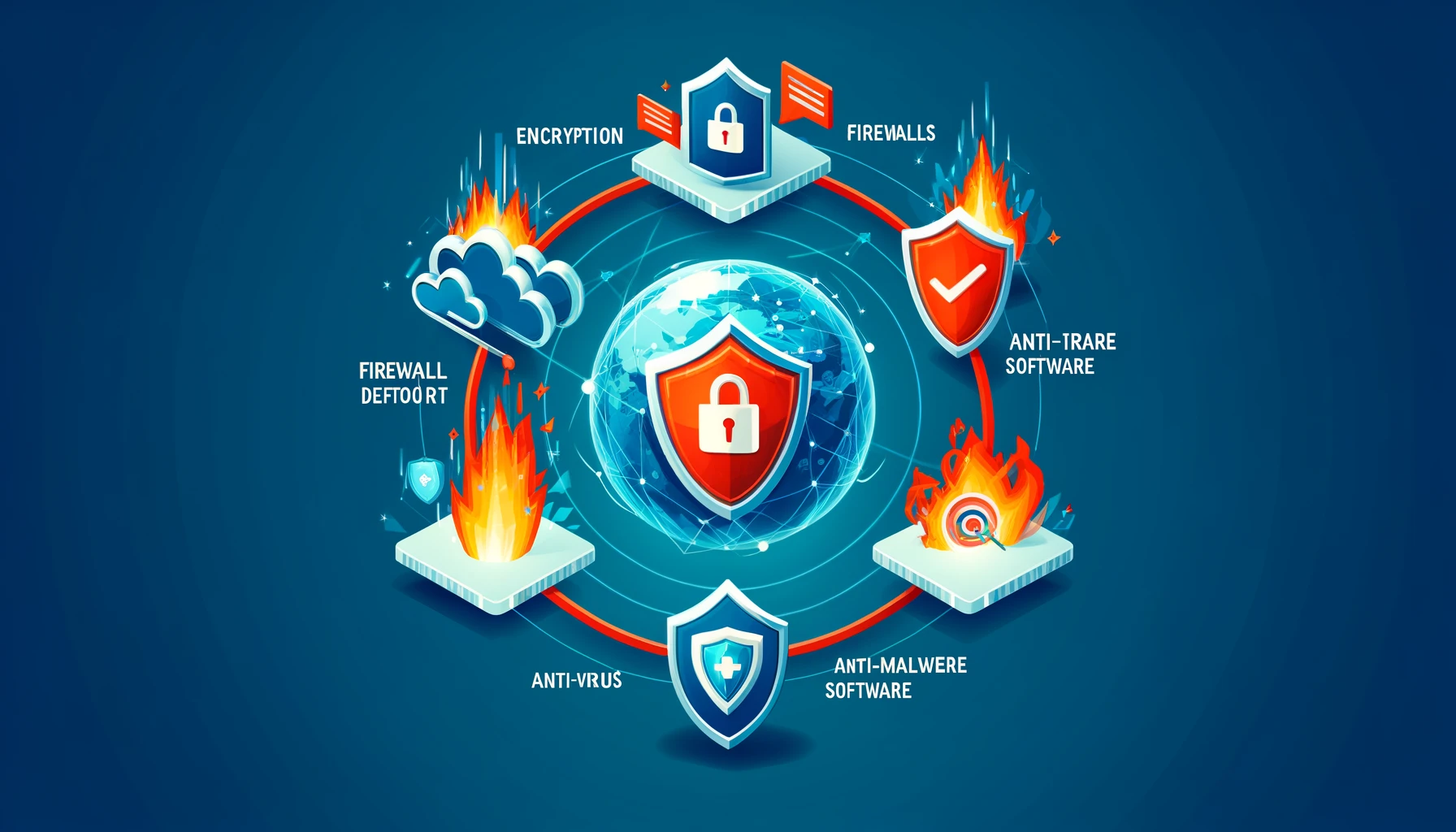
In our increasingly digital world, cybersecurity is no longer just a buzzword but a fundamental necessity. Recent reports indicate that a cyber attack occurs every 39 seconds, affecting one in three Americans each year. Whether you are safeguarding personal data or securing corporate information, understanding the basics of cybersecurity is crucial.
The importance of Cybersecurity
The digital landscape is fraught with risks ranging from data theft to finacial fraud. Cybersecurity breaches not only result in economic damages but can also undermine personal privacy and corporate reputations. More importantly, they pose a significant threat to national security. Protecting sensitive information is not merely a technical challenge but a crucial aspect of maintaining trust in technological advancement.

Key Concepts In Cybersecurity
1. Threats:
Cyber Threats vary widely, including:
- Malware: Software designed to disrupt or damage a computer system.
- Phishing: Fraudulent attempts to obtain sensitive information by disguising oneself as a trustworthy entity.
- Ransomware: A type of malware that threatens to publish the victim's data or perpetually block access to it unless a ransom is paid.

2. Vulnerabilities:
These are flaws or weaknesses in a system that expose it to potential attacks.
Common examples include:
- Software Bugs: Errors in software that can be exploited to gain unauthorized access or cause unintended behaviour.
- Inadequate Security Policies: Lack of robust security measures or policies that fail to cover all aspects of security.

3. Attacks:
Cyber attacks can be devastating, targeting individual users, businesses, or even governments. They can take various forms, such as:
- Denial of Service (DoS): An attempt to make a machine or network resource unavailable to its intended users.
- Man in the Middle (MITM): Where the attacker secretly relays and possibly alters the communication between two parties who belive they are directly communicating with each other.

4. Protections:
Protecting against cyber threats requires a multi-layered approach:
- Encryption: Transforming information to make it unreadable to unauthorized users.
- Firewalls: Blocking unauthorized access to networks.
- Anti-Virus and Anit-Malware Software: Detecting and removing malicious software.

Basic Cybersecurity Practices for Individuals and Organizations
For individuals:
- Use strong, complex passwords and consider a password manager to keep track of them.
- Enable two-factor authentication wherever available to add an extra layer of security.
- Regularly update all devices to protect against the latest threats.
For organizations:
- Implement a robust cybersecurity framework based on international standards.
- Regularly backup data and ensure that recovery procedures are effective and tested.
- Conduct ongoing cybersecurity awareness training for all employees.

Conclusion
Navigating the complexities of cybersecurity may seem daunting, but with the right knowledge and tools, you can significantly reduce your vulnerability to cyber threats. Stay informed, stay vigilant, and remember that protecting your digital assets is a continual process.
